Southern Kyushu’s treasures
Ta no Kami, or rice field gods, are a unique treasure of southern Kyushu. They can be found by rice fields, or sometimes on the grounds of shrines where they’ve been moved when their fields have been overtaken by developments.
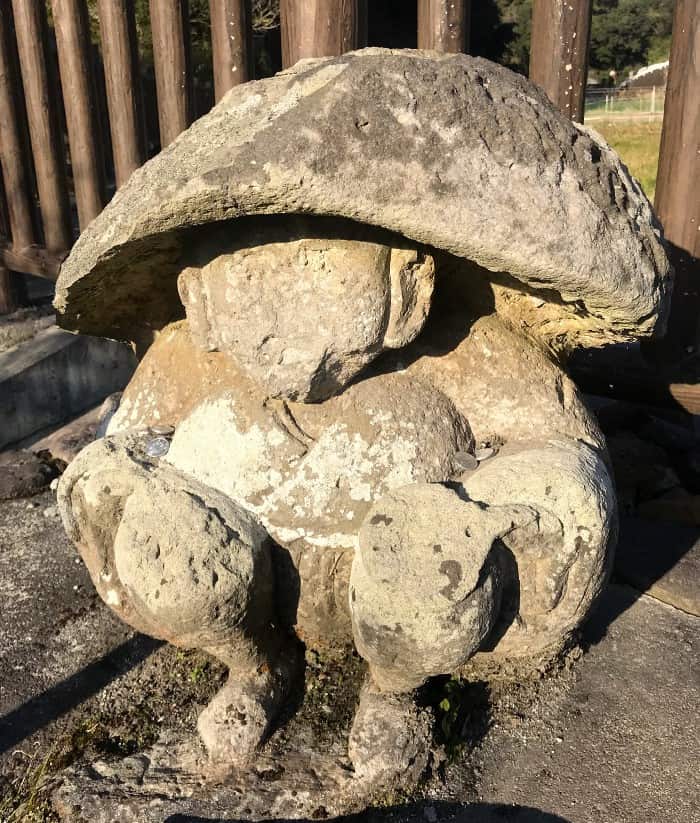
Throughout the rest of Japan, there are no specific Ta no Kami statues. The gods of agriculture, farming, and peasants are honored by placing a stick, a stone, or a flower near rice paddies. In contrast, the people of southern Kyushu have been crafting stone statues of rice field gods, which they affectionately call Ta no Kan-saa, since the beginning of the 18th century.
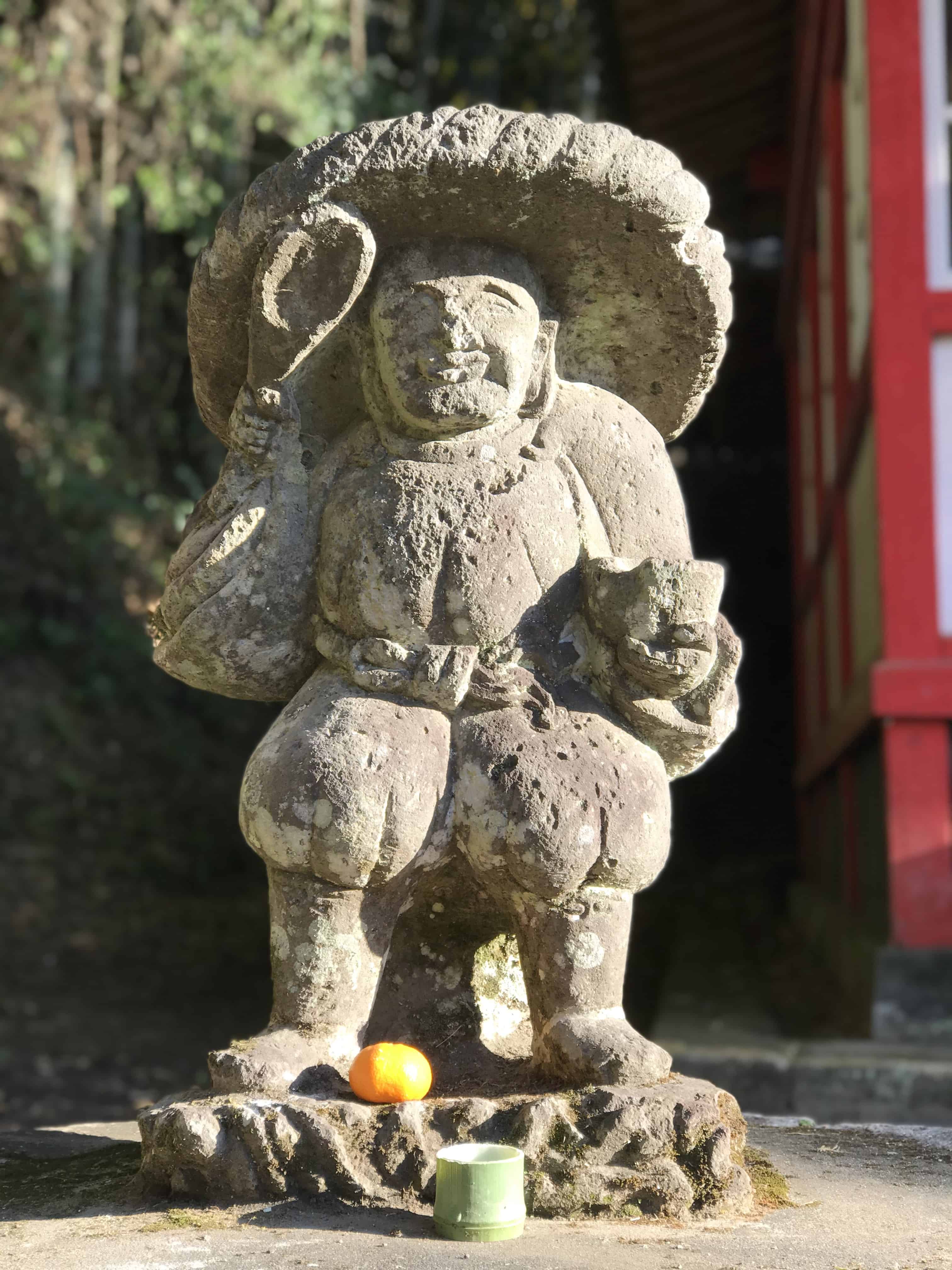
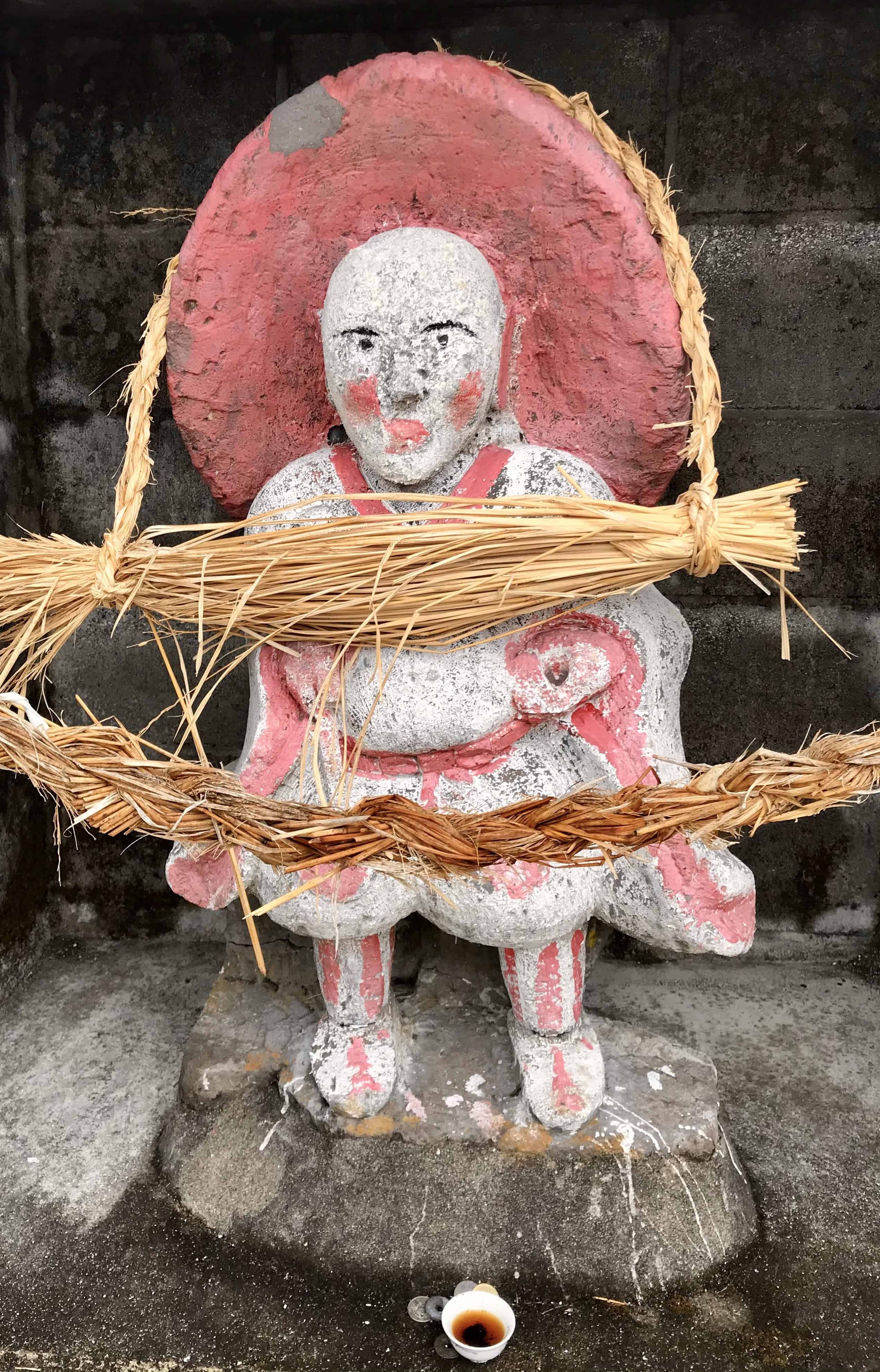
Why Only in Southern Kyushu?
Growing rice in the volcanic soil of southern Kyushu has always been a challenging task, yet people needed to eat and taxes needed to be paid in rice. Seeking help from the gods, artisans carved Ta no Kami out of welded tuff, a type of stone formed by very hot, compressed volcanic ash.
The statues they created include a wide range of characters: bald Buddhist monks or Jizo, Shinto priests with distinctive long sleeves, or even peasants wearing big round hats — standing, seated, or playfully dancing — and often holding a bamboo rice scooper and bowl.
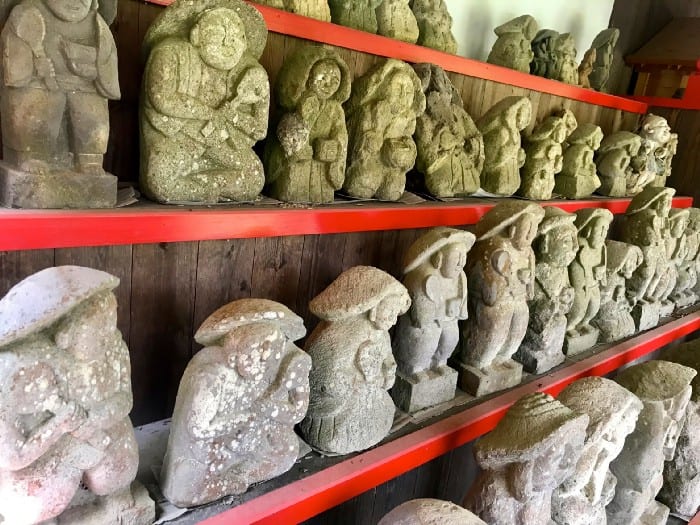
Special Treatment
In some communities, farming families still take turns honoring their Ta no Kami by carefully applying makeup-like paint, providing the god with delicious food and drink, and keeping them in the place of honor in their tokonoma, the alcove in Japanese houses set aside for seasonal decorations.
Some Ta no Kami are brought along to community hanami, flower viewing parties, where they join in with the festivities, being offered food and plenty of shochu, the local spirit distilled from sweet potatoes.
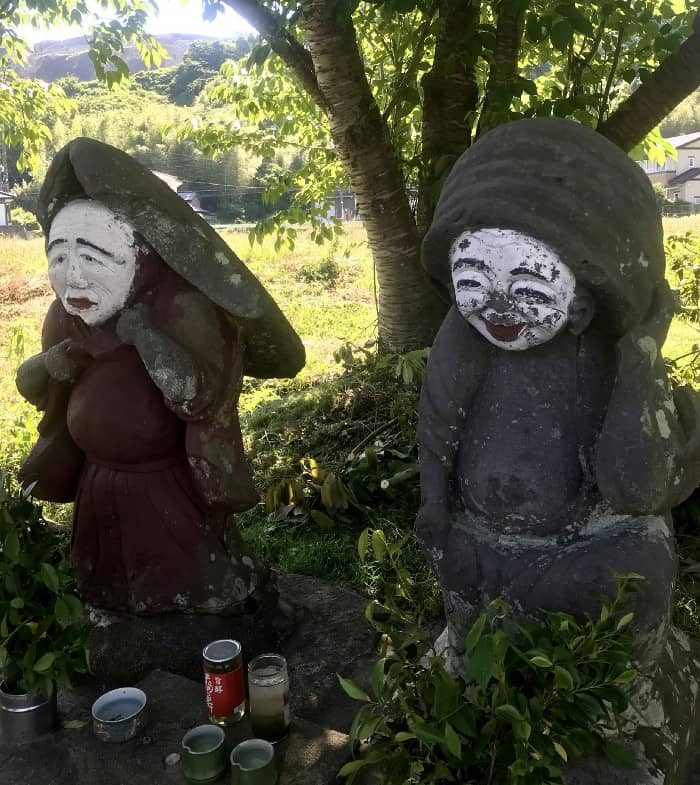
Thievery
Years ago, when a new rice field was created, the farmer would search out the most productive rice field in their area, and he would steal — or rather, borrow — its obviously powerful Ta no Kami and place it by his new field.
If he were to keep it for more than three years his crops would fail, so before then, the Ta no Kami would be returned to its original field accompanied by music, a parade, gifts of rice, shochu, and/or chickens, and great festivities.
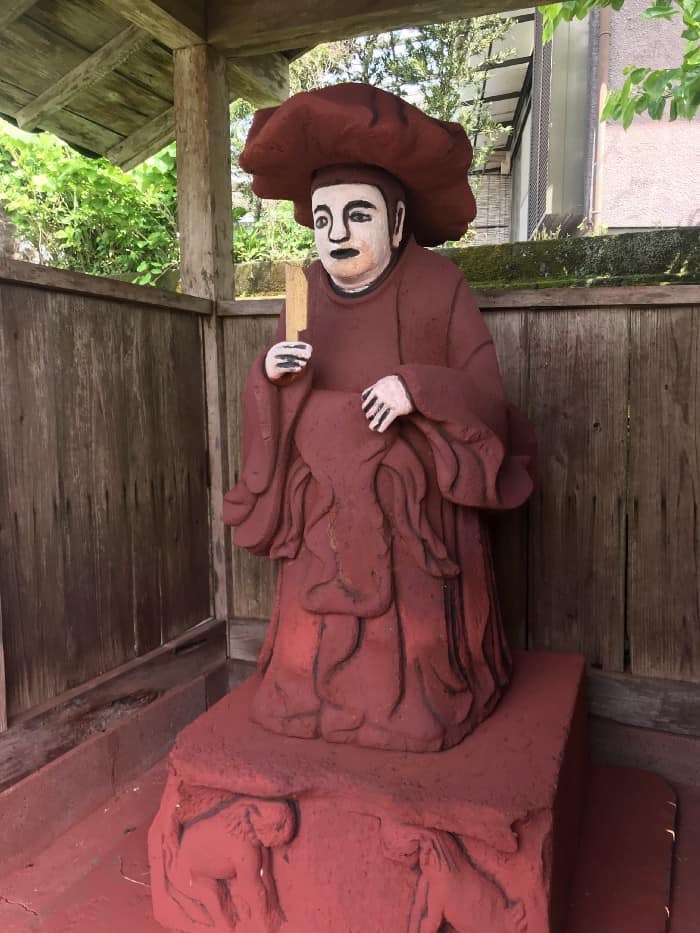
Festivals
Ta no Kami have traditionally been honored during several festivals: the beginning of the year festival, sluice gate opening when the fields are flooded, rice planting, protection of crops during the summer, and finally, the autumn harvest festival.
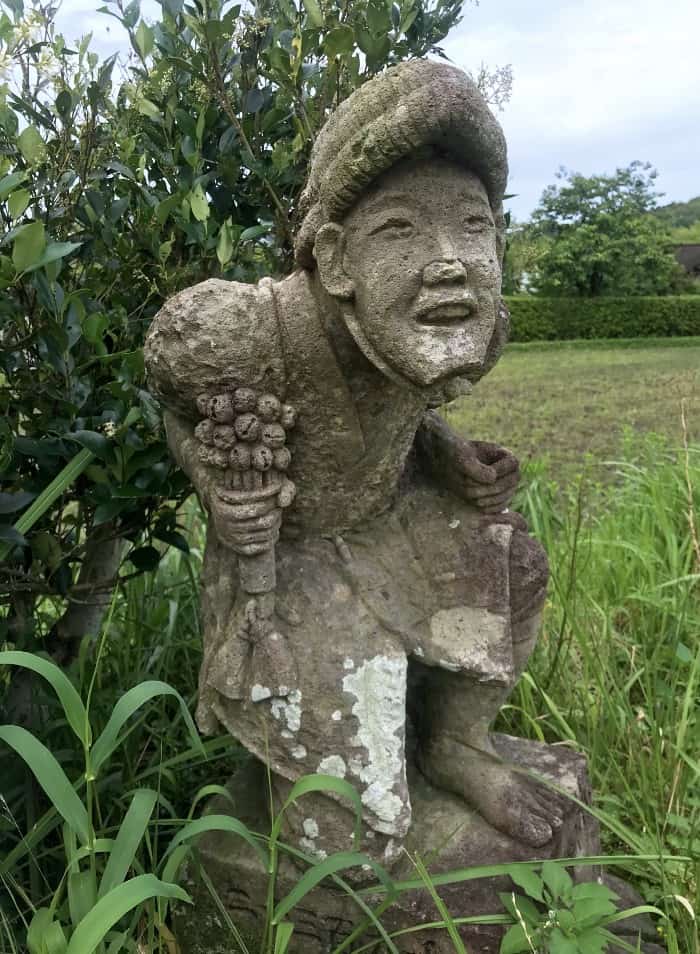
After the harvest festival, the rice field gods return to the mountains as mountain gods, where they hunker down during the cold winter months.
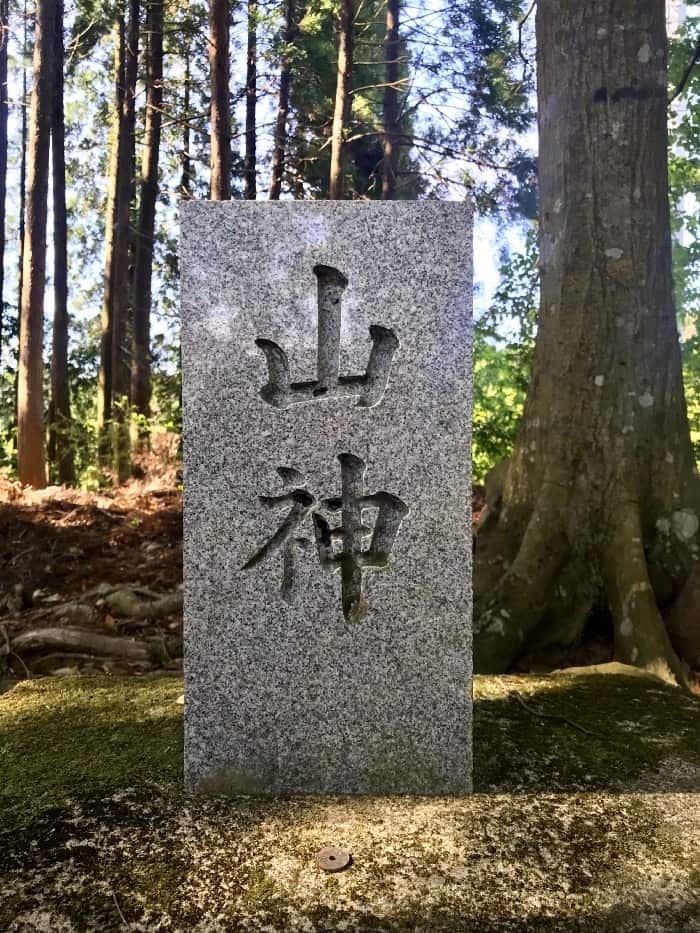
If you get the chance to visit southern Kyushu, why not make some time to hunt for Ta no Kami statues? The variety and playfulness of the images are delightful!
Photos ©Diane Tincher
Sources:
図説民俗探訪事典 compiled by 大島 暁雄, pages 149, 150, 181–184;えびの市観光公式サイト;コトバンク田の神, 山の神;ウィキペディア — 田の神; 鹿児島と石の文化.
If you have questions about Japan or suggestions for articles, please add them in the comments. For more photos and information on Japan, follow me on instagram at: https://www.instagram.com/more_than_tokyo/




